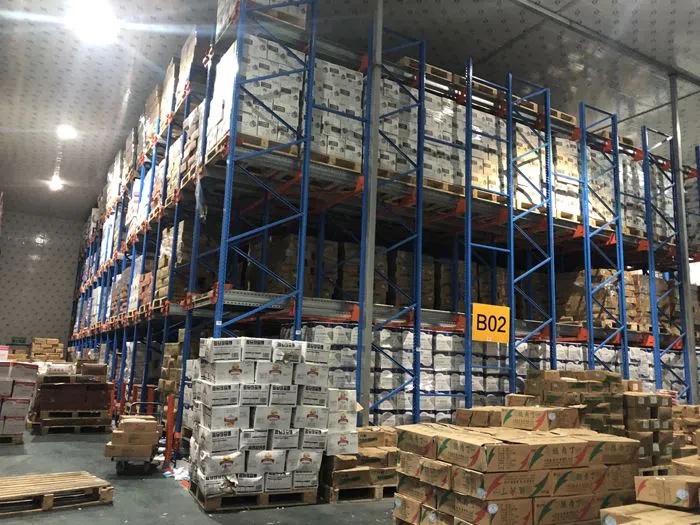 May 23, 2022
May 23, 2022
High Density Warehouse Storage Racking
 May 23, 2022
May 23, 2022
 Return
Return
High Density Warehouse Storage Racking also refer to the arrangement of rack more densely than conventional rack. It is not the usual two-row back-to-back arrangement. High-density warehouse storage rack can be densely arranged with many rows and many units in depth, and most of them are mechanical equipment.
The storage and retreival are the main ones, and some of them can be manual store and retreive methods. The storage and retreival rule of goods are first in first out and first in last out. So, what are the types of high density storage rack? The following is a detailed introduction to the relevant information of the high density storage rack for you, I hope it will be helpful to you.

The space utilization rate of high density storage rack is 1.5 to 2 times that of conventional rack. Some rack can be moved and accessed electronically, and are integrated with the ERP system.
The main types of high density storage racks are: shuttle racking system, through racking system, gravity racking system, press-in racking system, mobile racking system, rotary and lifting rack racking system, etc. Among them, the mobile racking system can be divided into light and medium-sized mobile racking systems and heavy-duty electric mobile racking systems according to the carrying capacity. Except for light and medium-sized mobile racking systems that store lighter goods, the rest are heavy-duty racking systems, which are generally used to store small varieties and large quantities of goods, and are often used in many industries such as food, cold chain, tobacco and alcohol.
Among various high density storage racking systems, gravity racking systems and shuttle racking systems are quite representative. In a gravity-type racking warehouse, the racks are connected by aisles, and each aisle is a storage aisle with a certain slope. The unit of goods loaded from the end of the warehouse can automatically move to the end of the warehouse under the action of its own weight.
A stop device is provided at the exit end of the aisle until it reaches the exit end of the aisle or the stored goods unit is stopped. When the first cargo unit at the outbound end is taken away, the subsequent cargo units will make up for the outbound end in turn under the action of gravity. Structurally speaking, in order to ensure the flexibility of this warehouse system, each storage channel is required to be equipped with friction-reducing devices, such as adding rollers on the rack, or storage pallets with rollers. In the shuttle rack warehouse, each channel is equipped with a track for the shuttle panel to run.
The shuttle paenl reciprocates in the roadway, automatically store and picks up the goods, and the forklift can transport the shuttle car to different aisles. Multiple channels share one. A shuttle runner, and the shuttle runeer can work with the stacker crane, automatic forklifts or AGVs to automatically exchange between different rows, different layers and different channels, making the scheduling more flexible and the degree of automation higher.
Of course, these two types of high-density storage rack systems have relatively high initial investment costs, and budget control should be done in the process of enterprise construction.
RECOMMEND INFORMATION
-
Do The Storage Racks Need To Be Connected Together?June 02, 2022
-
High Density Warehouse Storage RackingMay 23, 2022






